Year 9 Future Ready Programme Launches
In February, five Aspirations Academies were involved in the Year 9 Future Ready Programme, delivered by Speakers...
Read more Year 9 Future Ready Programme LaunchesSlugs, spiders and centipedes. They all come in different shapes and sizes, yet they all have one thing in common – they’re all minibeasts that have found themselves under the watchful eye of nursery students at Oriel Academy!
This term, the youngsters, armed with magnifying glasses, have had the chance to become bug detectives as they explore the array of minibeasts in the outdoor garden area of the Nursery.
The learning doesn’t stop there – children have also engaged in a range of different in-class activities to further explore the minibeasts topic, including reading and art.
Kathryn Wilden, Nursery Manager, said: “Our topic this term is minibeasts. We focus on a different book each week relating to the topic and hence a different bug or insect for the children to explore.
“The children love the topic because they’re able to make full use of the outdoor space to investigate it. Not everyone likes to learn in the classroom so it’s really important that we can get them outdoors too.”
Children became bug detectives and used magnifying glasses to search for minibeasts outside. A ‘bug hotel’ was set up using leaves and twigs to attract as many different bugs as possible.
Once found, the bugs were collected in a container to investigate further before being set free.
Children counted the spots on the ladybirds and the legs on the spiders and discussed the shapes, sizes and colours of the bugs they had collected.
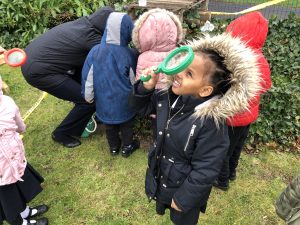
Bug detective!
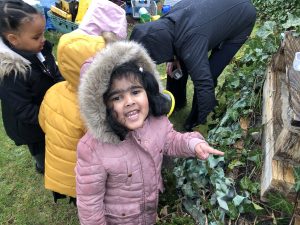
Finding bugs in the bug hotel.
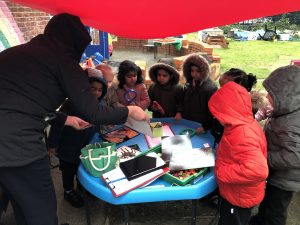
Children examining the bugs they collected.
Kathryn explained: “The outdoor area is vital to learning because the children use it every day.
“Whether it be looking for minibeasts or even just playing in the sandpit, there’s so many opportunities for the children to be outdoors and develop both their fine and gross motor skills.
“Especially for the minibeasts topic, the outdoor area allows children to actually explore the topic in real-life because they have a real garden in which they can find the bugs and insects.
“They don’t just have to learn about the bugs through me talking to them, they can physically go and investigate themselves.”
Back in the classroom, children have explored the minibeasts topic further through a variety of different activities, including reading, writing and art.
After reading ‘The Grouchy Ladybug’, children created their own ladybirds using bottle-tops and cardboard.
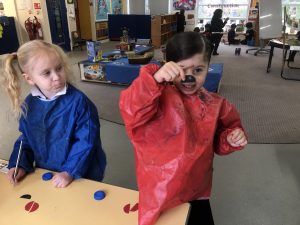
Ladybird making.
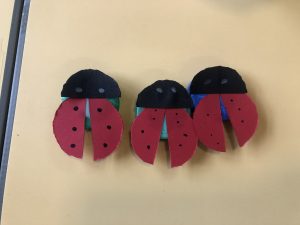
Ladybirds!
Students were encouraged to count the spots on each side of their ladybird to ensure they matched, helping with their number development.
Throughout the term, other minibeasts have also been explored and made. For example, children made their own butterflies and caterpillars after reading ‘The Very Hungry Caterpillar’.
All artwork is added to a wall-display that children refer to daily to remind themselves of what they have learnt so far.
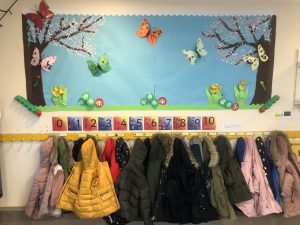
Minibeasts wall display.
In February, five Aspirations Academies were involved in the Year 9 Future Ready Programme, delivered by Speakers...
Read more Year 9 Future Ready Programme LaunchesThe first Aspirations Employability Diploma final of 2025 marked a significant milestone in the academic year, bringing...
Read more AAT Celebrates First Aspirations Employability Diploma Final of 2025The Diversity and Inclusion in STEM report acknowledges the lifelong benefits of STEM-related skills. It notes that opportunities...
Read more Dr Jeffery Quaye OBE: The next government must shift our anti-maths culture